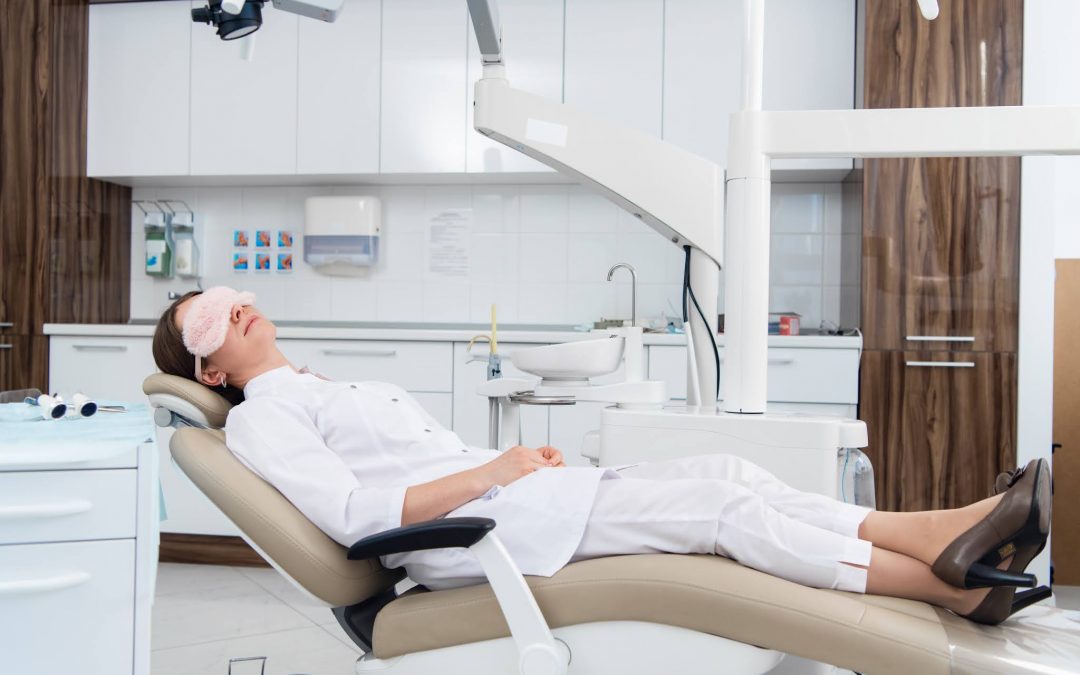Your child might be scared of going to the dentist’s. Most children are usually apprehensive when they need to sit in the dental chair. But as their parents, you know how important it is for them to maintain their oral health, even at a young age. Because of this fear, your dentist might recommend that they use a type of sedation on your child while they are getting treatment. This might be a worrying concept to you, but arming yourself with the right information helps ease your mind.
Keep on reading to find out more about the different types of sedation available for your child at the dental office.
When Should Sedation Be Used?
There are many reasons sedation might be used for your child during their dental procedure. The procedure might be painful, so sedation can help alleviate any potential discomfort your child might experience.
If your child is anxious or fearful about visiting the dentist, it is important for you to make them as comfortable as possible and avoid worsening any problems. The level of sedation required depends on the level of fear and anxiety about the following procedure. If there is some mild anxiety then your dentist might use nitrous oxide or mild sedation, which helps your child relax. If your child is very young then a high level sedation might be required to prevent them from moving around too much during the procedure. Any extreme cases of anxiety, fear or phobia might need higher levels of sedation.
Children with special or behavioural needs might also need to undergo sedation. It can be difficult to explain to them why dental care is required or what is going to happen with the procedure. Sedation can help them relax and prevent them from becoming scared or anxious about pending procedures.
Types of Sedation Available for Children
There are many different levels of sedation and sedation types available. Your dentist chooses the one most appropriate depending on your child and the procedure.
- Nitrous Oxide
This is also known as laughing gas and is the lowest level of sedation available. It is administered via a breathing mask and is non-invasive. This type of sedation does not put your child to sleep, it only helps them relax. - Mild Sedation
This is usually administered orally. Your child is able to remain awake but drowsy when using mild sedation. Most children hardly remember any or all of the procedure afterwards. - Deep Sedation
This type of sedation is induced using intravenous drugs and causes your child to be fully asleep. Recovery from this type of sedation takes longer than the other two and requires a specialist to be present to monitor your child throughout the procedure. - General Anaesthetic
This is the deepest option available, which also uses intravenous drugs. Your child won’t remember anything about the procedure and an anaesthetist is present in order to monitor them. The recovery time after general anaesthetic is longer than other sedation types.




Recent Comments